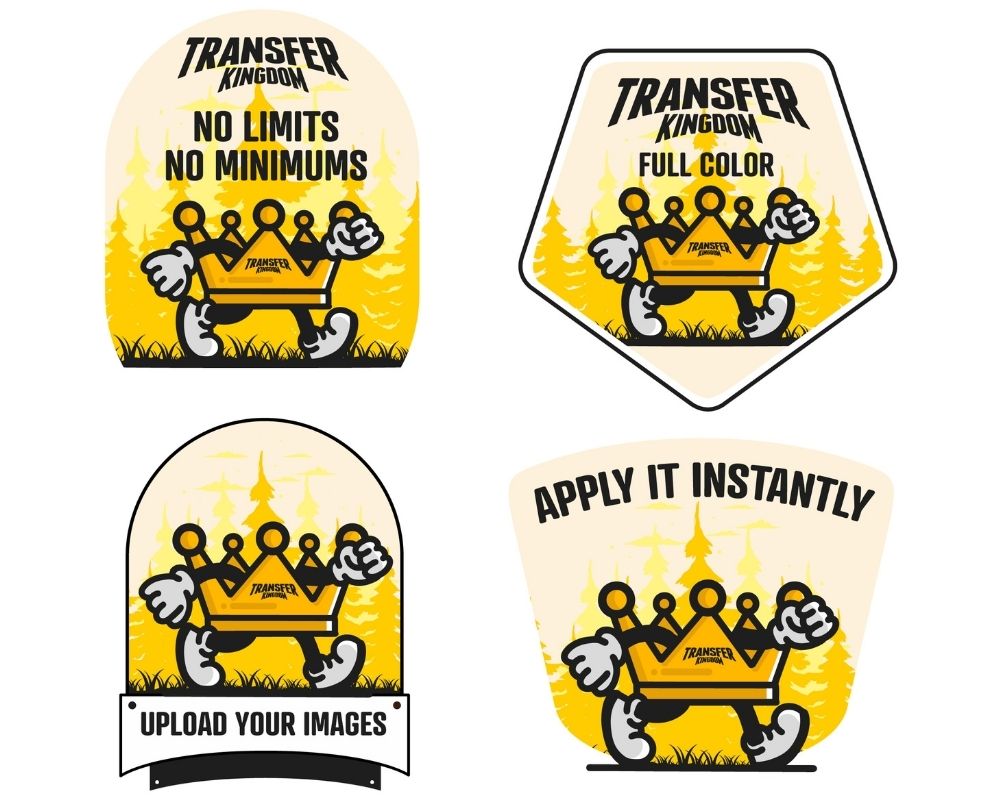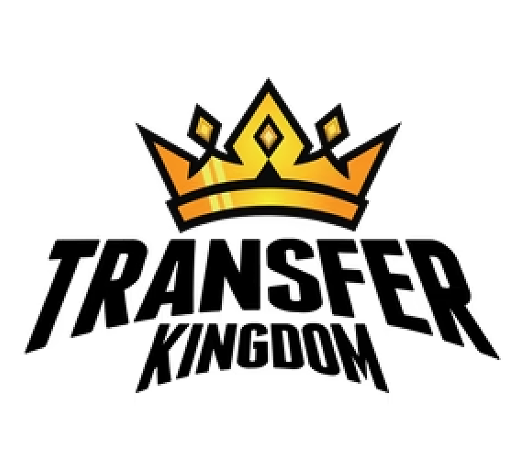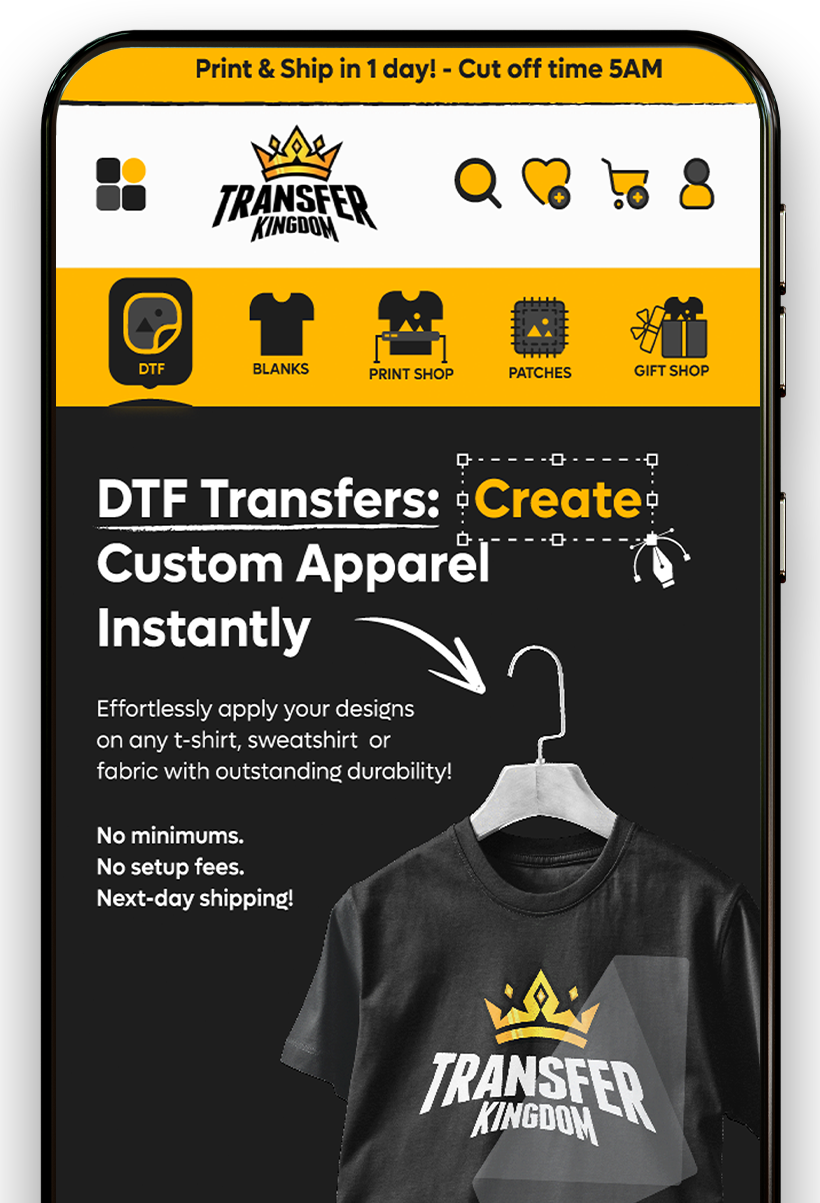Beginner’s Guide to T-Shirt Design: Free Tools, Inspiration & File Setup for DTF Printing

Designing your own t-shirts is easier than ever with today’s free tools and affordable DTF (Direct-to-Film) printing. This beginner’s guide walks you through everything from picking design inspiration to preparing print-ready files—so you can create custom tees that look professional without spending a fortune.
Why Start T-Shirt Design Today?
T-shirts aren’t just clothing—they’re a way to express identity, promote a brand, or even build a profitable business. With DTF printing and online platforms, you don’t need expensive equipment or years of graphic design experience.
Whether you want to make shirts for personal use, events, or e-commerce, understanding the basics of t-shirt design is the first step.
Step 1: Finding Inspiration for T-Shirt Design
Creative ideas are the heart of great t-shirt designs. Beginners often struggle with where to start, but inspiration is everywhere.
Where to Find T-Shirt Design Ideas:
Pop Culture & Trends – Movies, music, and viral memes often inspire popular designs.
Typography Styles – Creative fonts and slogans are timeless.
Nature & Patterns – Abstract prints, landscapes, and minimalist shapes.
Communities & Hobbies – Sports, gaming, or fandom-specific designs.
💡 Tip: Always sketch or save your favorite design concepts. Even simple doodles can evolve into polished graphics later.
Step 2: Free Tools for Beginner T-Shirt Designers
You don’t need Photoshop or expensive software to create amazing designs. Many free platforms offer professional-quality features.
Recommended Free Tools:
Canva – Easy drag-and-drop editor with pre-made templates.
GIMP – A powerful open-source alternative to Photoshop.
Krita – Perfect for hand-drawn or digital illustrations.
Photopea – Browser-based, works like Photoshop without downloads.
Vectr – Great for creating scalable vector graphics.
Suggested Visual:
A comparison chart showing key features of Canva, GIMP, Photopea, and Krita, helping beginners choose the best tool.

Step 3: Setting Up T-Shirt Design Files for DTF Printing
Direct-to-Film (DTF) printing is one of the most beginner-friendly methods because it delivers vibrant colors and long-lasting results. But file preparation is key.
Essential DTF File Setup Tips:
File Format – Save designs in PNG with a transparent background.
Resolution – Use at least 300 DPI for sharp prints.
Color Mode – Always work in RGB (printers convert automatically).
Size & Placement – Match canvas size to the printable area (e.g., 12x16 inches).
Bleed & Safe Zone – Keep important text/designs away from the edges.
Step 4: Design Principles for Beginners
Even with great tools, your design must follow basic principles for visual appeal.
Golden Rules of T-Shirt Design:
Keep It Simple – Clean, bold graphics work best.
Use Limited Colors – Too many shades can raise printing costs.
Readable Fonts – Choose typography that’s legible at a distance.
Balance & Alignment – Center or evenly distribute design elements.
👉 For inspiration, check out custom leather keychains or personalized wallets at Transfer Kingdom—where design simplicity meets personalization.

Step 5: Testing Your Designs Before Printing
Before you print in bulk, always test your designs.
Quick Testing Checklist:
Print on standard paper to check scale and alignment.
Use mockup generators to preview on real t-shirts.
Share designs with friends or social media for feedback.
This prevents costly mistakes and helps refine your final design.
Step 6: Choosing the Right T-Shirt for Printing
Things to Consider:
Fabric Type – Cotton is versatile; blends are softer and durable.
Shirt Color – Light vs. dark backgrounds affect design contrast.
Fit & Style – Crew neck, V-neck, oversized, or fitted.
Just like choosing between passport holders or engraved trays, the base product shapes the customer experience.
Step 7: Printing & Selling Custom T-Shirts
Once your design and file are ready, you have options:
Local Print Shops – Good for small runs and testing.
Online Print-on-Demand (POD) Services – Automates printing, shipping, and fulfillment.
Bulk Orders with DTF Transfers – Cost-effective if you’re starting your own brand.
👉 See how Transfer Kingdom organizes its all products collection for inspiration on displaying designs.
Common Mistakes Beginners Make
Avoid these pitfalls when starting out:
Using low-resolution images → blurry prints.
Ignoring safe zones → designs cut off at edges.
Too many colors → higher printing costs.
Forgetting transparency → awkward background boxes.
Conclusion
T-shirt design is a blend of creativity and preparation. By using free tools, drawing inspiration from everyday life, and properly setting up files for DTF printing, beginners can produce designs that look professional and sellable. What might start as a simple hobby can easily grow into a side hustle or even a full-scale business once you gain confidence.
Start simple, test often, and refine your designs. Every new attempt teaches you something—whether it’s about font choice, color combinations, or how designs look on different shirt styles. Over time, you’ll develop a personal design style that reflects your unique creativity.
Don’t be afraid to experiment. Try bold typography, mix patterns, or create limited-edition collections. The key is to balance creativity with practical printing guidelines. When you understand both, your t-shirts won’t just look good on-screen—they’ll stand out in real life.
What is the easiest tool for t-shirt design?
Canva is the easiest for beginners due to its templates and drag-and-drop interface.
What file format is best for DTF printing?
PNG with a transparent background is ideal.
Do I need expensive software to start?
No, free tools like GIMP and Photopea work perfectly.
What resolution should I use?
Always design at 300 DPI for crisp results.
Can I print full-color images on t-shirts?
Yes, DTF printing allows full-color, photo-quality prints.
How do I test a design before printing?
Use mockups, paper printouts, or order a single test shirt.
What’s better: cotton or polyester shirts?
Cotton is versatile, but polyester blends are softer and long-lasting.
Can I sell t-shirts without printing them myself?
Yes, print-on-demand services handle production and shipping.
How do I prevent my design from looking pixelated?
Use high-resolution graphics and vector elements whenever possible.
What’s the average cost of printing a t-shirt with DTF?
Typically between $3–$7 per shirt, depending on size and colors.






